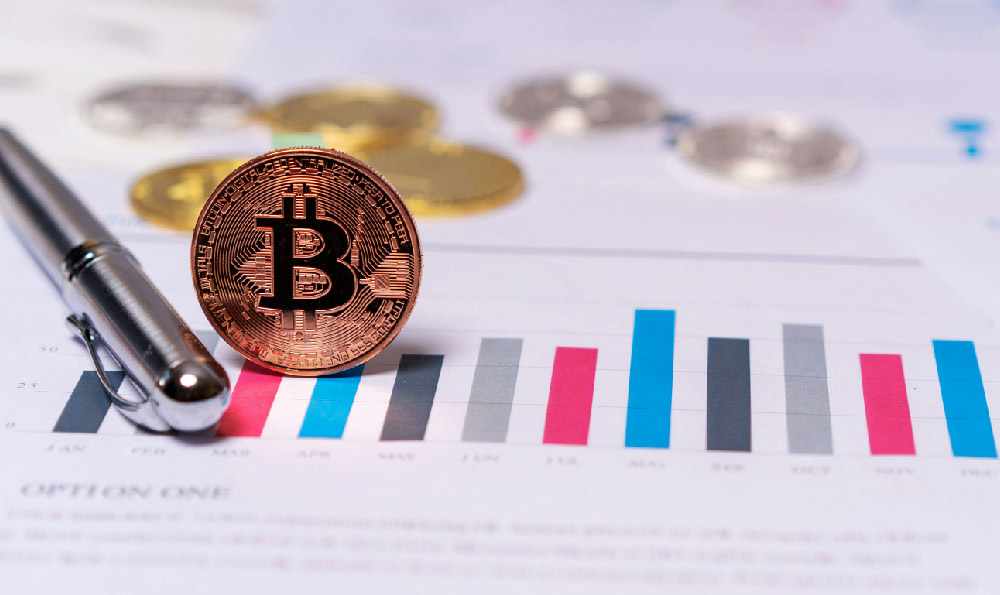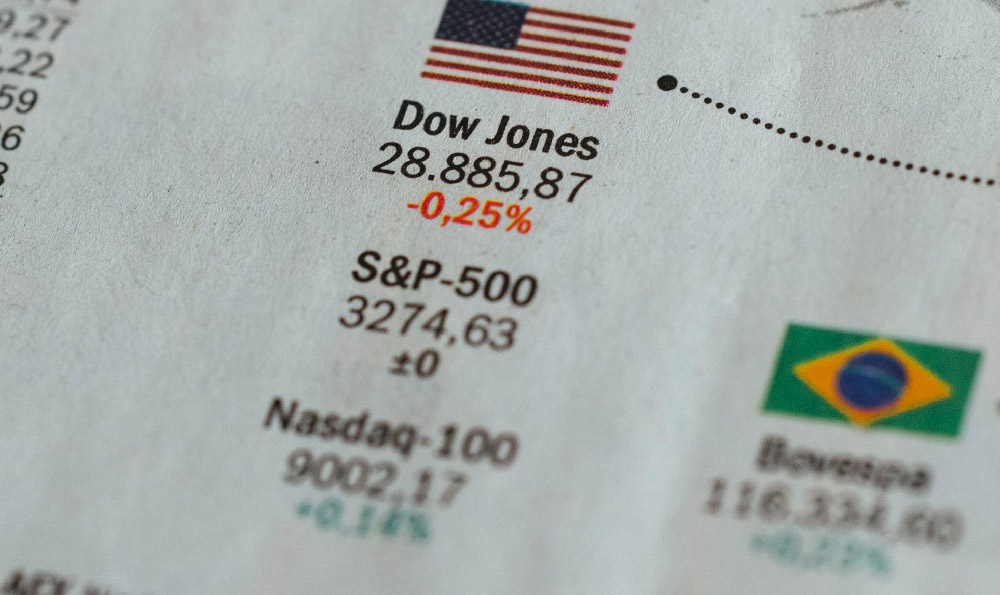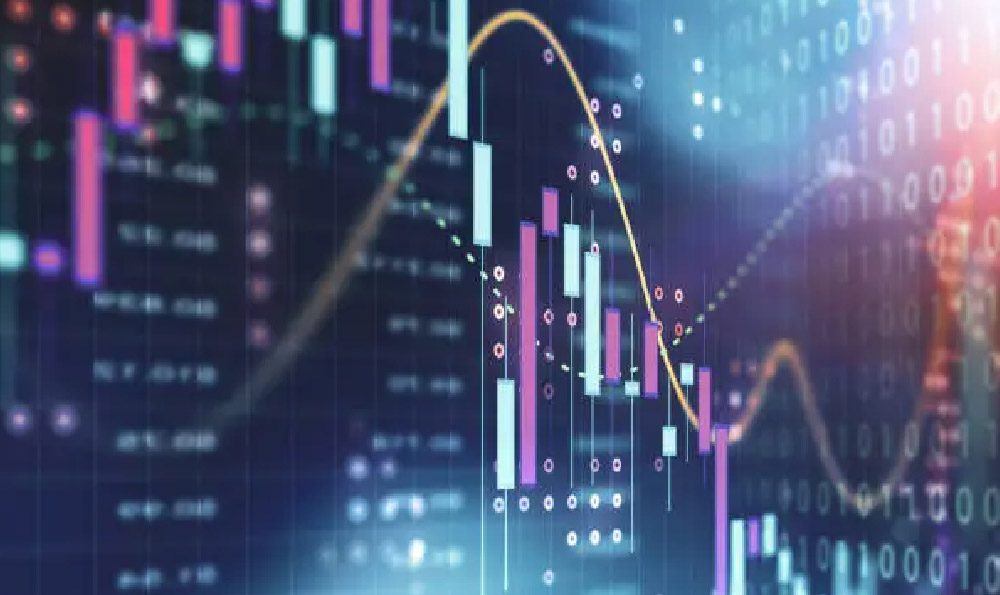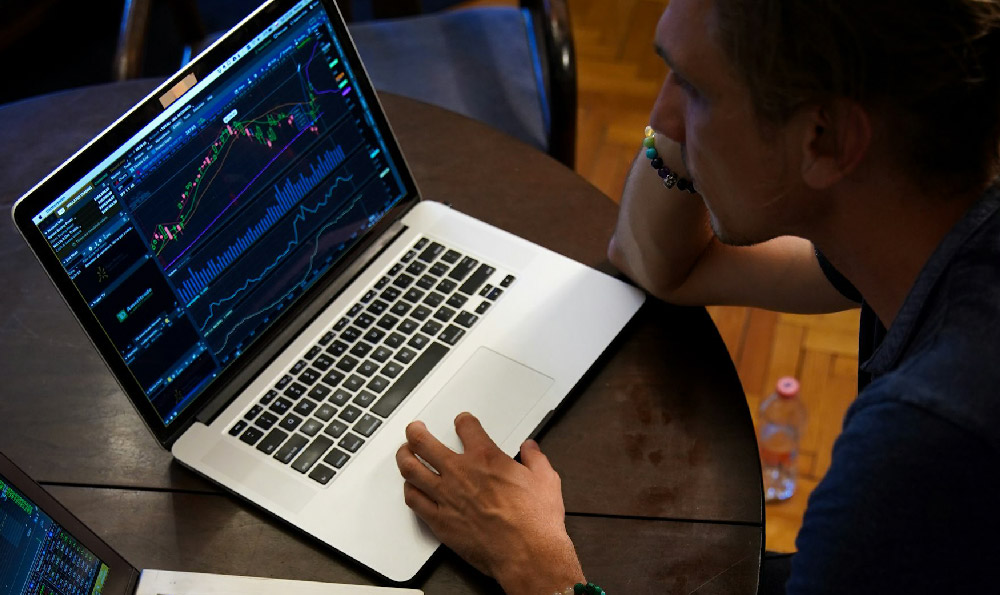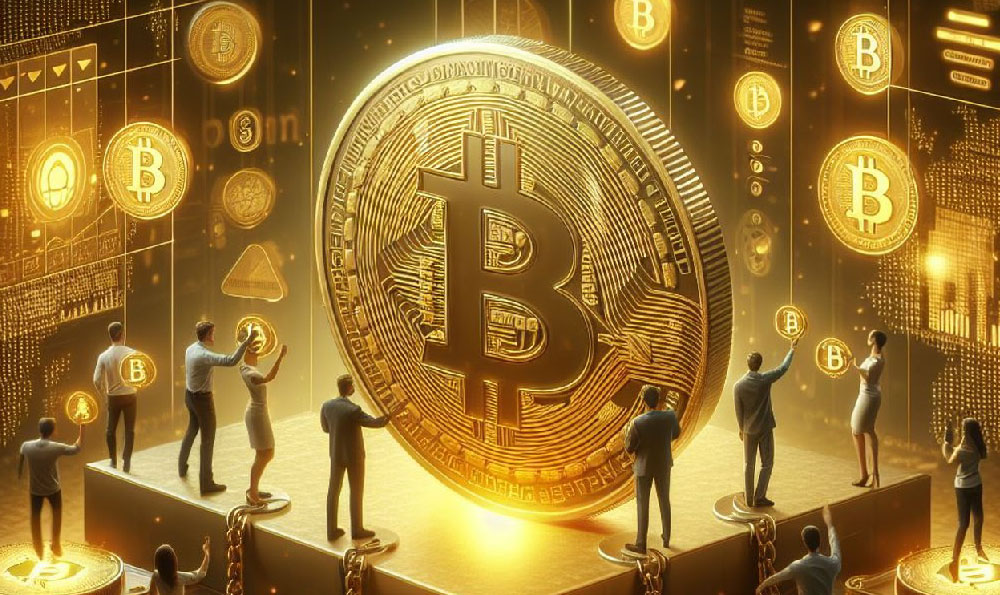How Did Elon Musk Start & Where Did His Money First Come From?
Elon Musk, the name synonymous with audacious innovation and transformative entrepreneurship, often evokes curiosity about the origins of his immense wealth and the initial spark that ignited his extraordinary journey. While his current ventures, like Tesla and SpaceX, are globally recognized, understanding the genesis of his fortune requires delving into his early entrepreneurial endeavors and the strategic decisions that laid the foundation for his future success.
Musk's early life played a significant role in shaping his entrepreneurial spirit. Growing up in South Africa, he displayed an innate aptitude for technology and a keen interest in computers. At the young age of 12, he taught himself computer programming and even created and sold a video game called Blastar for around $500. This early experience provided him with a taste of financial independence and fueled his passion for innovation.
However, the true turning point in Musk's financial journey came with the creation of Zip2 Corporation in 1995. Alongside his brother Kimbal, Musk recognized the potential of the burgeoning internet and sought to provide online city guides for newspapers. Zip2 essentially offered a digital yellow pages with maps and directions, catering to businesses seeking an online presence. Securing funding for Zip2 proved challenging initially. They bootstrapped the company for a while, relying on personal savings and loans from friends and family. Eventually, they managed to raise seed capital from a group of angel investors. This initial funding was crucial in allowing them to build their product and begin marketing it to potential clients.

Zip2's growth was gradual but steady. They focused on building relationships with newspapers and proving the value of their online directory service. They meticulously iterated on their product, incorporating feedback from users and adapting to the rapidly evolving internet landscape. The company faced competition from established players like MapQuest and CitySearch, but Zip2 differentiated itself by focusing on providing a comprehensive, easy-to-use solution tailored for newspapers. This niche approach helped them gain traction and establish a solid foothold in the market.
The culmination of their efforts arrived in 1999 when Compaq, the then-leading personal computer manufacturer, acquired Zip2 for a staggering $307 million in cash and $34 million in stock options. This acquisition marked a pivotal moment for Musk. At just 27 years old, he received $22 million after taxes from the sale. This substantial sum of money provided him with the financial resources to pursue his even more ambitious ventures.
It's important to note that Musk didn't simply pocket the money and retire. Instead, he strategically reinvested a significant portion of his Zip2 earnings into his next venture: X.com, an online financial services company. Recognizing the potential of online banking, Musk envisioned a platform that would streamline financial transactions and revolutionize the way people manage their money. This decision demonstrates his inherent risk-taking appetite and his unwavering belief in the power of technology to disrupt established industries.
X.com later merged with Confinity, a company founded by Peter Thiel and Max Levchin that had developed PayPal. Musk, initially the CEO of the merged company, pushed for a focus on online payments, while others favored the existing money transfer service. Ultimately, PayPal's model prevailed, and Musk was eventually ousted from his CEO position. Despite this setback, the experience with X.com/PayPal proved invaluable, providing him with insights into the complexities of the financial technology sector.
In 2002, eBay acquired PayPal for $1.5 billion. As a major shareholder, Musk received approximately $180 million from the deal. This substantial influx of capital further fueled his ambition and provided the financial backing for his two most audacious and transformative ventures: SpaceX and Tesla.
SpaceX, founded in 2002, aims to revolutionize space technology, with the ultimate goal of enabling humans to colonize Mars. Tesla, founded in 2003, is dedicated to accelerating the world's transition to sustainable energy by producing electric vehicles and energy storage solutions. These ventures were incredibly capital-intensive, requiring significant investment in research and development, manufacturing, and infrastructure. Musk poured a considerable portion of his PayPal earnings into both companies, betting heavily on his vision of the future.
It is crucial to understand that Musk's success was not solely due to his initial wealth. His relentless dedication, his unwavering belief in his ideas, and his willingness to take calculated risks were equally essential. He faced numerous setbacks and challenges along the way, including near-bankruptcy experiences with both SpaceX and Tesla. However, his ability to persevere through adversity and learn from his mistakes ultimately propelled him to achieve extraordinary success.
In conclusion, Elon Musk's financial journey began with a humble video game sale and culminated in the creation and sale of Zip2. The $22 million he earned from the Zip2 acquisition served as the foundation for his subsequent ventures, X.com/PayPal, and ultimately, SpaceX and Tesla. However, it was his entrepreneurial spirit, his strategic risk-taking, and his unwavering determination that truly transformed him into the visionary leader and influential figure he is today. Understanding the origins of his wealth provides valuable insights into the power of innovation, the importance of strategic decision-making, and the transformative potential of entrepreneurial ambition. His story is a testament to the fact that even with significant capital, success requires vision, dedication, and the courage to pursue audacious goals.

